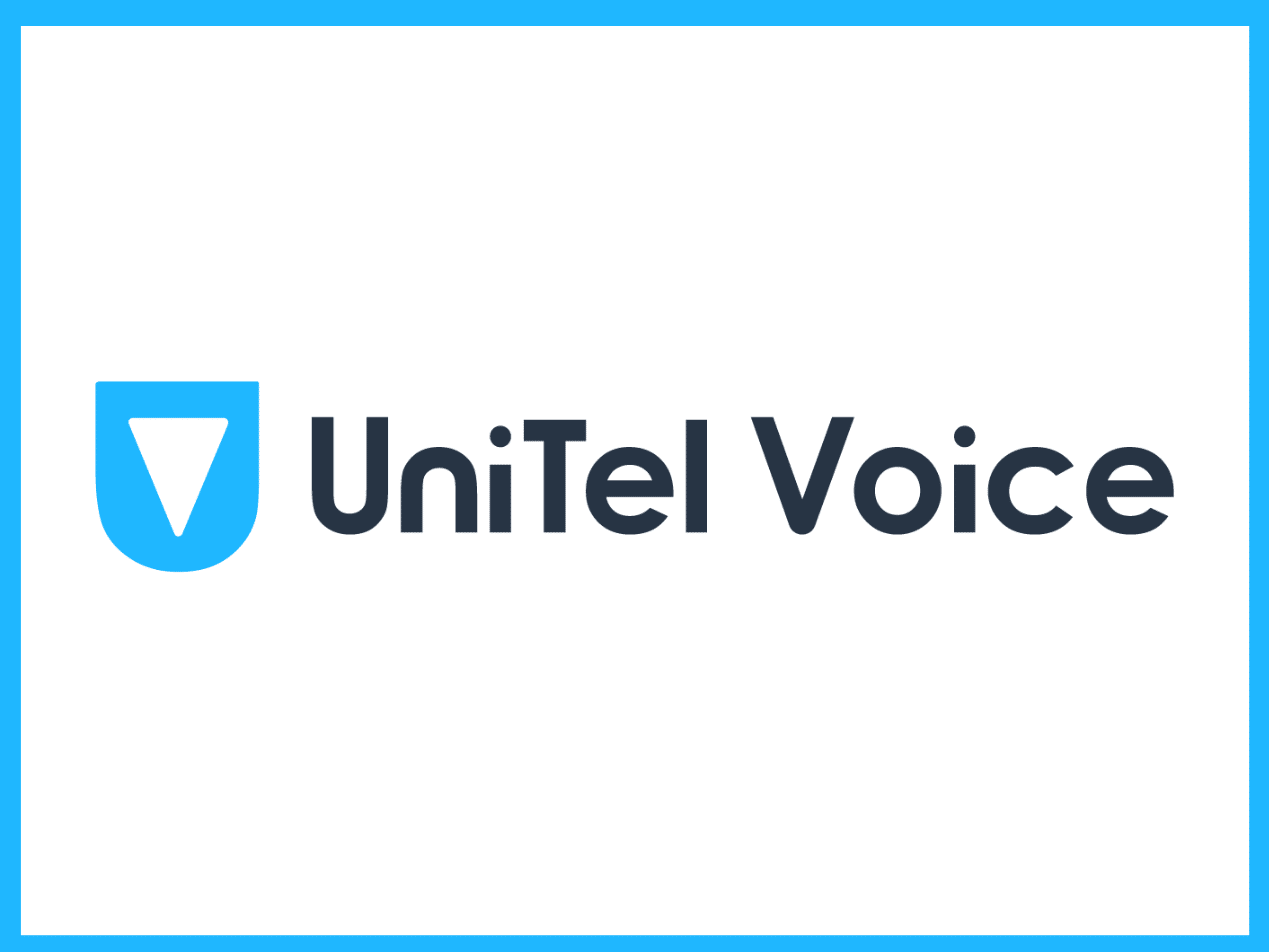2 min read
Why email disclaimers are not enough for HIPAA compliance
Liyanda Tembani
October 18, 2024

"The Privacy Rule allows covered health care providers to communicate electronically, such as through email, with their patients, provided they apply reasonable safeguards when doing so." Email disclaimers alone are not enough for HIPAA compliance. They lack active protection and fail to address cybersecurity risks, leaving PHI vulnerable. A comprehensive approach is necessary, including encryption, secure platforms, authorization protocols, attachment security, and ongoing staff education for stringent compliance and effective PHI safeguarding.
The limitations of disclaimers
- Passive notification: Email disclaimers primarily serve as passive notifications indicating the presence of PHI. However, their passive nature poses limitations as they solely act as warnings without actively securing the information they show.
- Risk of overlook: Buried within lengthy email signatures or amidst the content, these disclaimers often need to be noticed or disregarded by recipients. Their placement and presentation make them prone to being overlooked, potentially leading to unintended exposure or mishandling of sensitive patient data.
- Inadequacy against diverse threats: Disclaimers cannot address the diverse spectrum of cybersecurity threats. They offer no defense against evolving risks such as phishing attacks or potential data breaches, leaving PHI vulnerable despite their presence.
- Limited protective measures: While disclaimers signal the presence of PHI, they lack proactive mechanisms to protect this information. They do not provide encryption or other security measures required to prevent unauthorized access or protect against data interception.
- Failure in comprehensive protection: Disclaimers alone are not enough for HIPAA compliance. A comprehensive approach is necessary, including robust security measures and proactive safeguards.
Read more: Do disclaimers make emails HIPAA compliant?
Ensuring HIPAA compliance beyond disclaimers
Given the inadequacies of disclaimers in ensuring comprehensive PHI protection, covered entities must adopt an integrated approach:
1. Encryption: Encrypting PHI at rest and in transit renders the data indecipherable even if intercepted, ensuring robust protection against unauthorized access.
2. HIPAA compliant email providers: Opting for HIPAA compliant email providers like Paubox offering security features, including encryption and stringent access controls, strengthens the security of email communications involving PHI.
3. Authorization protocols: Implementing strict authorization protocols ensures that PHI is shared only with authorized individuals or entities, limiting access to those with appropriate clearance.
4. Attachment security: Adhering to secure practices in handling attachments containing PHI by encrypting them and avoiding large file transfers mitigates risks associated with data transmission.
5. Employee training: Equipping employees with comprehensive HIPAA training instills a deep understanding of compliance requirements and promotes secure practices across the organization.
FAQs
What is the 'minimum necessary' standard in HIPAA email communication?
The 'minimum necessary' standard requires that only the least amount of PHI needed to accomplish the intended purpose be shared in email communications.
Does HIPAA require a record of all emails containing PHI?
HIPAA requires covered entities to maintain a record of emails containing PHI, including who accessed the information and when, to ensure accountability and traceability.
How can multi-factor authentication (MFA) enhance email security under HIPAA?
MFA adds an extra layer of security by requiring users to provide multiple verification methods, reducing the risk of unauthorized access to emails containing PHI.
Read more: Enhancing HIPAA compliance with multi-factor authentication
Subscribe to Paubox Weekly
Every Friday we'll bring you the most important news from Paubox. Our aim is to make you smarter, faster.




